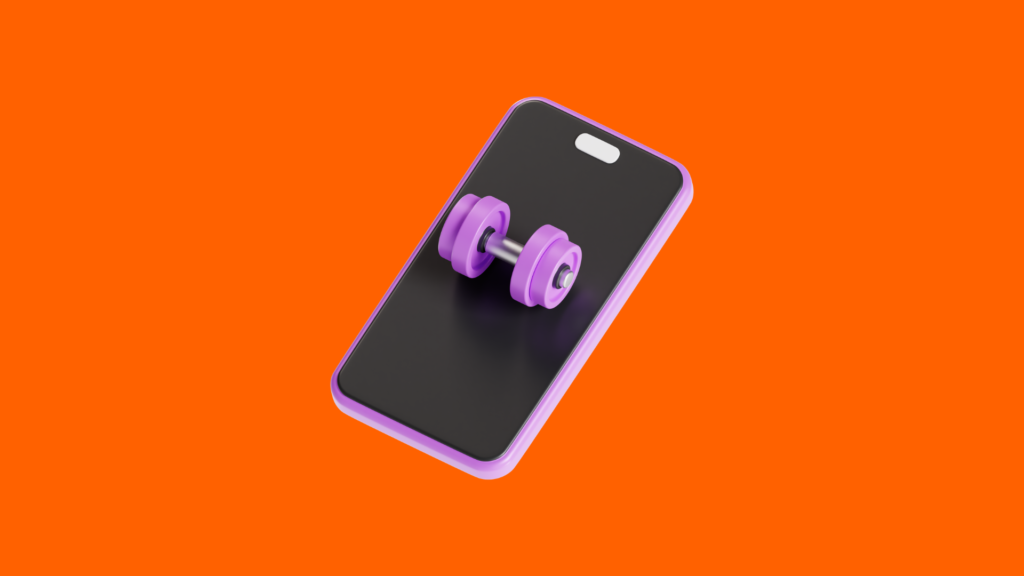Fitness apps have become increasingly popular in recent years, with millions of people using them to track workouts, count calories, and meet health goals. However, in the crowded market of fitness apps, it can be challenging to create one that truly engages and inspires users.
In this comprehensive guide, we will walk through the key steps and considerations for designing and building a fitness app that motivates people to develop healthy habits and reach their full potential.
Understanding Your Target Audience
The first and most critical step is gaining a deep understanding of who you are making this app for. Different demographics have different needs and motivations when it comes to health and fitness.
Are you targeting busy professionals looking to squeeze in quick workouts? Are parents struggling to lose their baby weight? Are senior citizens wanting to stay active? Are competitive athletes training for their next marathon?
Conduct user research through surveys, interviews, and focus groups to uncover your target users’ goals, frustrations, and preferences. Understand what works to motivate them and what makes them lose interest. These insights will inform every design and development decision down the road.
Defining the Purpose and Experience
Once you know who you are designing for, clearly define the app’s purpose and intended experience.
- What specific needs will this app meet for your users?
- How will it fit into their lifestyle and health journey?
- What emotions do you want them to feel while using the app? (e.g. energized, accomplished, supported)
This clarity of purpose will guide the features you choose to build. Always design for the experience first rather than getting lost in specific functions and tools.
Choosing the Right Features
The features and functionality should all ladder up to support your app’s core purpose and experience. Prioritize must-have features over nice-to-haves.
Here are some of the most motivational and engaging features to consider:
- Workout programs: Provide expert-designed workout plans for different fitness levels and goals. Adaptive programs that respond to the user’s progress are even more engaging.
- Social features: Let users view friends’ workouts, comment and like their activities, and share achievements on social media. Social motivation can be very powerful.
- Challenges: Friendly fitness challenges, either one-on-one or in groups, leverage people’s natural competitiveness to keep them engaged.
- Progress tracking: Seeing concrete improvement against goals through stats, graphs, badges, and other trackers is extremely gratifying.
- Reminders and alerts: Prompts to work out or giving kudos for reaching goals encourage consistency. But take care not to make them annoying.
- Gamification: Applying game elements such as points, levels, and leaderboards makes working out more fun. But use sparingly as overly gaming the experience can backfire.
Designing an Intuitive and Seamless UX
An app’s user experience can make or break its ability to motivate. Even the most feature-packed app will flop if the UX is frustrating or confusing.
- Use minimalist, uncluttered interfaces for maximum usability. Every screen should have a clear focal point.
- Present just the right information at the right time so users aren’t overwhelmed. Relevant data should be glanceable at a moment’s notice.
- Make the app easy to navigate with clear wayfinding, one-tap access to key features, and a consistent information architecture.

- Automate manual processes like logging workouts and nutrition to remove friction points. Leverage device sensors, data inputs, and contextual awareness.
- Support natural user habits – e.g. swiping, pinching/zooming, device shaking. Tap into native OS patterns that feel instinctive.
- Offer shortcuts for power users to save time, like customizable quick actions.
- Use subtle animation and micro interactions to delight users and reinforce accomplishments.
Selecting the Best Technology Stack
The technology decisions will impact the development timeline, scalability, cost, and ultimately the quality of the end product.
- For cross-platform apps, React Native has emerged as a top choice for its ability to reuse code across iOS and Android.
- The Firebase suite provides cloud-hosted solutions for analytics, databases, messaging, crashes, and more – robust yet simple to integrate.
- HealthKit and Google Fit SDKs make it easier to securely access iPhone and Android health and activity data respectively.
- APIs like Strava, RunKeeper, and Fitbit allow pulling in data from popular fitness apps and wearables.
- Apple Watch SDK enables full-fledged apps on the user’s wrist for glancing at mid-workout data.
Thoroughly evaluate third-party libraries and frameworks. They can accelerate development but also bloat the app with unnecessary code.
Ensuring Reliability & Security
Users need to trust the app with their sensitive health information. Any breaches or stability issues can permanently damage credibility.
- Rigorously test performance under different conditions of connectivity, location, battery, and every use case. Fix bugs before release.
- Use crash analytics to monitor issues post-launch and address them promptly.
- Encrypt all stored and transmitted user data. Never store health data on unsecured servers.
- Get security audits done by experienced experts. Continuously probe your own app for vulnerabilities.
- Verify 3rd party integrations like payments, social sharing, and SDKs to prevent exploits. Re-validate with each update.
Set up telemetry early to monitor network requests, device resource usage, power consumption and every key metric. Continuously optimize.
Driving User Adoption and Engagement
The real proof is in the usage metrics. Building an app people love using enough to make a habit requires immense user empathy.
- Onboard effectively – provide in-app guidance, tips and example usage scenarios to successfully ramp users up.
- Listen to feedback from beta users and app store reviews. Monitor social media commentary. Be quick to address pain points.
- Send behavioral emails and push notifications to guide inactive users back to the app through alerts, education or motivation. But avoid being noisy.
- Run special events and challenges periodically to bring lapsed users back into the fold.
- Continuously test and experiment via A/B tests of UI variations, new features, etc. to boost engagement. Monitor analytics dashboards to instantly spot bad changes.
- Evolve intelligently, adding features judiciously and sunsetting outdated ones. Stay on top of health and tech trends.
Done right, your fitness app can successfully activate people towards developing life-long healthy habits and reaching their fitness potential. With this comprehensive guide and a user-centric approach throughout, you are well equipped to create the next big thing in fitness!





